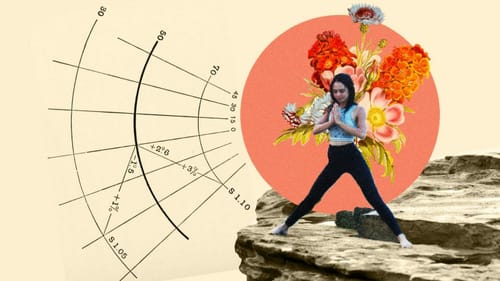Self is used in psychological, educational, sociological, philosophical, and theological terms with inconsistent meanings. In the sense of self-observation, i.e. in relation to the sensation of being a unified, consistent feeling, thinking and acting being, it is used to reflect, reinforce and emphasize the term I. The self is used in the sense of the center of personality.[1]
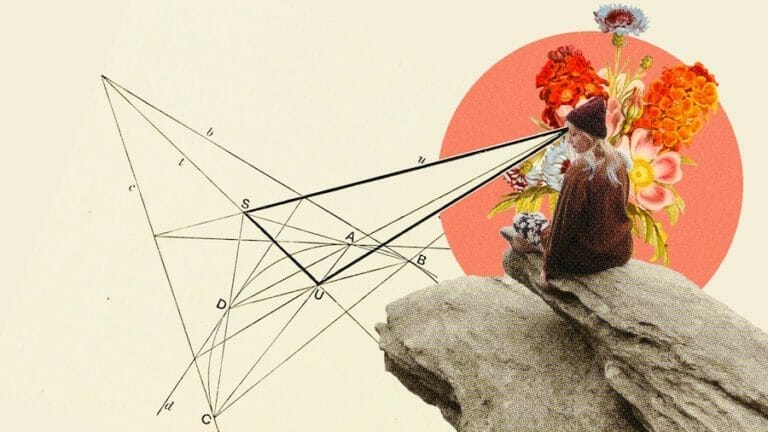
Self as a psychological concept
In analytical psychology according to Carl Gustav Jung, the self represents the center of the human psyche, encompassing human consciousness and unconsciousness.[7] The self represents the conscious part of the I,[8] which should strive to gradually become aware of the contents of the self and to recognize its multiplicity and unity, which Jung calls “self-realization”[9] and “individuation”[10]. If, on the other hand, the self remains completely unconscious to the ego, the latter already considers itself to be the whole, which Jung sees as a danger to mental health.[11] C. G. Jung thus saw the self as the reason and goal of man’s development through personality maturation and differentiation, as a principle of development inherent in the person and directed toward personal wholeness,\[12]\[13] striving for entelechy in the individuation process.[14]
Self in the psychoanalytic view
Freud and the ‘I’ and the ‘self’
In the period from 1914 to 1918, Freud used the concept of the ego in a way that differed from both earlier and later phases in psychoanalytic theory. In that period, he understood the “ego” in terms of an “ego-self.”[17] He understood this ego-self on the one hand as a partial structure of the human being, and on the other hand as a representative of the total person. Later it was understood as a soul entity. For Freud, the concepts of the “I” and the “self”, are often understood synonymously. The “I” is first and foremost a corporeal.[18] Thus, for Freud, the system I in all its functions taken together seems to be very close to the self and thus to the whole person. The ego mediates, in psychoanalytic theorizing, realistically between the demands of the It, the superego, and the social environment. It orients itself to its own psychic abilities and possibilities and to the possible and real conditions of the “natural world” and the “cultural world”. The acquisition of knowledge is called self-knowledge. It is the prerequisite of almost every happy self-realization.
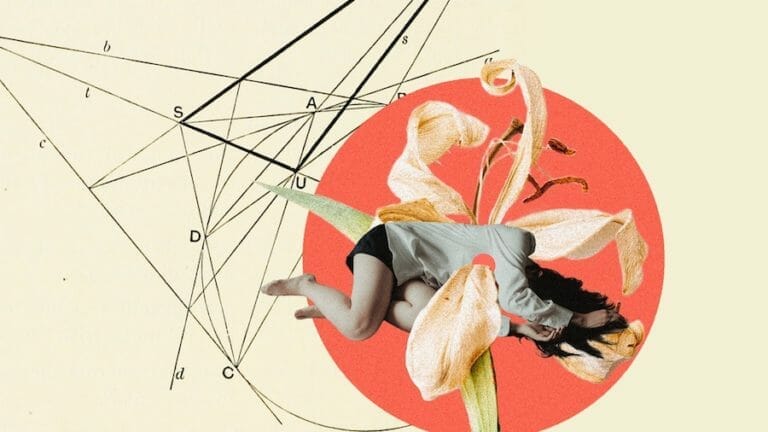
Donald Winnicott (1960)[26] designed the expression “false self” for the characterization of a personality disorder, in which a person uses and develop a false personality in early childhood, as a defense and protection of their “true self”.[27] Winnicott, a student of Melanie Klein, saw the consequences of this defense method. He explained the mechanism by means of a case history. A “false self” was undoubtedly a formation of the “true self” hereby it would be camouflaged and protected. Thus the “false self” would become the form dominating the (psychic) reality. In this way, the “true self” would no longer be involved in reality, thus preserving a continuity of the psychic being. A hidden true self, however, would suffer from an impoverishment based on the lack of experience. Thus, for its mediating function, the ego needs ideas about itself that are true to reality, which are called selves or self-representations. From the self-representations a person draws his self-definition, his psycho-social identity. He draws from this “his self-confidence, his self-esteem, his understanding of self-realization.”[28]
Self in depth psychology according to C. G. Jung
In analytical psychology according to Carl Gustav Jung, the concept of the “self” occupies a central position: as the whole and center of the human psyche, which encompasses human consciousness and unconsciousness.\[36]\[37]
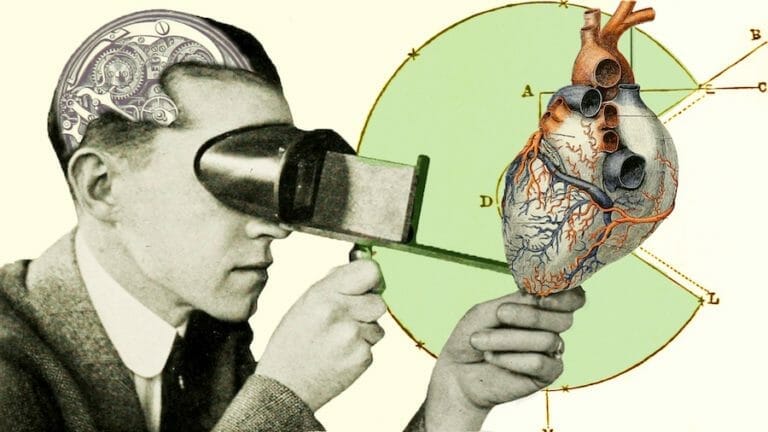
Representation of Carl Jung’s theory as a graphic model. Translations of Jungian and neo-Jungian English terms: self-equals self; archetypes equals archetypes (such as Great Mother); unconscious memory data equals unconscious memory data; shade equals shade; sensual reward system equals reward system[38]; resulting self esteem equals developing, resulting self-esteem; concept of yourself equals self-concept; animus and anima.
For him, the entity of the self has the quality of a hypothesis of something that cannot be described by any other psychic entity that cannot be experienced directly, but can be experienced in its (effects). The self is already given in the (psychic) development, even before the subject becomes aware of its own existence. Thus, even before there is an ego consciousness, the newborn ‘is’ already a ‘self’.

The Self includes the unconscious and the conscious. Furthermore, it contains all the predispositions and potentials of a person. It is also the center of all acts of consciousness. The ego differentiates itself from the Self in the course of the first years of life. Jung considers it as the archetypal core of consciousness and he calls it ‘ego complex with certain innate abilities’. Thus the ‘Self’ is determined on the one hand by its functions, but also by its contents. The Self grants the subject’s sense of identity and continuity in space and time. Nevertheless, the sense of self is mediated by the workings of the ego. The self acts through the ego, but an ego cannot fully comprehend the self, for the self transcends the ego. The ego is that which becomes conscious of the self to the I.
According to Jung, the Self unites feminine and masculine within itself.[39] It has a great many symbols\[40]\[41] and basically includes all “pairs of opposites that make up the whole of the personality.”[42] It is “a composition of many.”[43] Thus, as complexio[44] or unio oppositorum\[45]\[46]-that is, as a combination or unity of opposites-“a paradoxical, antinomian character”;[47] where, at the same time, in the symbols of the self, “the opposites can appear cancelled.”[48]
It is controversially discussed in analytical psychology whether the self is to be regarded as the totality of all subsystems (the ego and the archetypes) or whether it is only the ordering center. The predominant opinion in in-depth psychological discussions is the assumption that with the self there is a fictitious, central ordering factor, which is the basis of psychic balance and development as well as transformation.[49]
Symbols of the self
C. G. Jung, based on his cultural-historical and dream-psychological studies, identified some typical symbol groups of the self: Yin and Yang, Goddess and God, King and Queen from the realm of God-image and human central value; animal-shaped symbols such as large elephants, lions or bears—or small beings such as beetles and butterflies; plant symbols such as flower or tree; geometric symbols such as cross, circle and square, a mandala or a vessel. [50] A special group of symbols of the self is formed by the gnostic “Anthropos”[51] or “primal man”[52] as well as the spiritual-alchemical “Lapis”[53] (philosopher’s stone) formed as symbols of the initial and recoverable unity of man.
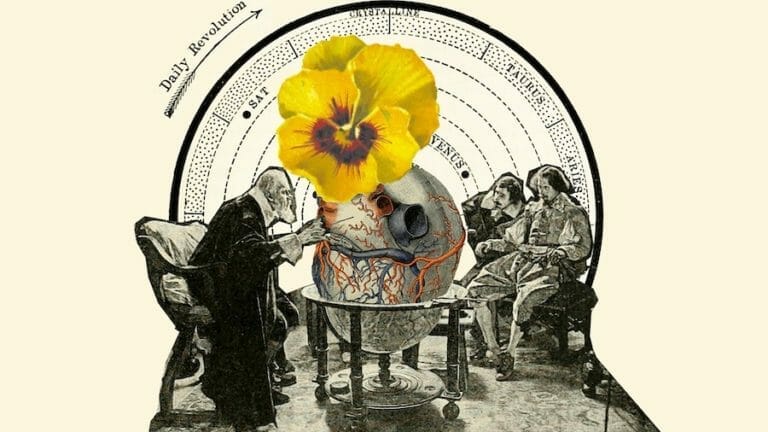
Relation of the ‘I’ to the ‘self’
The self is the “whole superior to the ego.”[54] According to Jung, the ego is the conscious part of the self, and as part of the greater whole, the former can never comprehend the latter.\[55]\[56] Because in principle it is never fully consciously recognizable, the self is a “borderline concept”[57] and a “boundary concept” for the “unknown wholeness of man”. [58] Because of its strangeness, the self often appears to the ego as the “absolutely ‘other,'” which, however, makes consciousness possible in the first place through precisely that opposition.[59] The process of the ego gradually becoming aware of contents of the self and thus becoming aware of its multiplicity and unity has been called “self-realization”[60] and “individuation”[61] by Jung. “The self leads and regulates the inner process of transformation from the beginning.”[62] “The occupation with dreams as expressions of the unconscious is a kind of self-reflection”[63] and thus a way to follow the human “urge to individuation”[64] and to gather oneself as an individual with its multitude of personality traits, whereby the self can be consciously realized especially “when the experienced center also proves to be the spiritus rector of daily life.”[65]
If the self remains unconscious of the ego, the latter which already considers itself to be the whole, becomes a danger to mental health.[66] A particular danger in the relationship between ego and self is that “the ego is assimilated by the self” and thus consciousness is again unconscious, engulfed by unconscious forces of the psyche. [67] Between these two dangers of being cut off from and overwhelmed by the self, the ego must balance, he says, because “In reality, both are always present: the supremacy of the self and the arrogance of consciousness.”[68] The ego, he says, has to balance between these two dangers of being cut off from and overwhelmed by the self.

The urge of the self to realize itself in the human being is called by Jung the “entelechy in the individuation process”:[69] also “beyond the desires and fears of consciousness”[70] and with great assertiveness, which required the greatest efforts from consciousness to follow,[71] including moral conflicts. [72] Jung emphasized that self-knowledge was necessarily a profoundly social matter: in contrast to the “hardening of the material-man,” conscious individuation “includes the fellow-man.”[73] Moreover, because of its simultaneously personal and supra-personal qualities, the self is “paradoxically quintessence of the individual and yet at the same time a collectivity.”[74] Regarding this paradoxical quality of the self, Jung often drew parallels with the Indian concept of the Atman.[75]
Self and image of God
In human experience, the symbols of the self often coincide with a “transpersonal center of the psyche”[76] and with an image of God:[77] “…what on the one hand signifies psychological wholeness as psychological experience, on the other hand expresses the idea of deity”; this sameness of symbols, however, does not make any statement as to whether there is also a metaphysical identity. “Also, because of the possible projection of the self, a covering of all its symbols with a really comprehensive reference is not necessarily expected: “Everything can become the symbol of the self, of which man presupposes a more comprehensive wholeness than himself. Therefore, the symbol of the self by no means always possesses that wholeness which the psychological definition requires.”[79] Neumann spoke of the “Great Goddess as the feminine self.”[80]
According to Jung, the figure of Christ can also be interpreted psychologically as a symbol of the self.\[81]\[82] However, from a psychological point of view, the “dark”[83] or as “evil”[79] perceived side of man and of the image of God belongs to the wholeness of the self:[79] the “dark figure of nature”[84] and the “dark side of the soul’s nature,”[85] the “Luciferian(s) antagonist,”[86] the “devil”[87] and “Antichrist.” [88] These aspects, split off from the good image of God,[89] or opposed to it, belonged, from the psychological point of view, to the “shadow of the self…Light and shadow form a paradoxical unity in the empirical self. In the Christian view, on the other hand, the archetype is hopelessly split into two irreconcilable halves insofar as the end leads to a metaphysical dualism, namely, to an ultimate separation of the kingdom of heaven from the fiery world of damnation.”[90] Because of this theological and psychological danger of a metaphysical and psychological dualism, “the possibility of a reunion of the devil with God had also been an early subject of discussion” in Christian theology.[91] The devil, however, is not a good person.
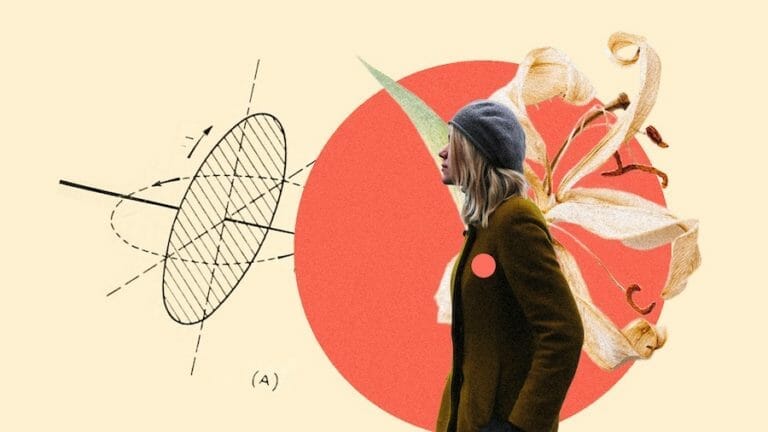
Self and body
In the wholeness of the self, “instinctive, animalistic drives and spirituality of man are united or become one again.”[92] Neumann spoke of the “body self” as “its first form.”[93] Jung was not a proponent of a Cartesian separation of matter and spirit. Therefore, as in all archetypes, he saw in the self a bodily aspect, a connection to matter: to physiological processes in the body,[94] basically to the whole “bodily sphere(s),”[95] including the “earth,” the chemical elements in the body.[96]
Self in Hinduism
All living beings, in the Hindu view, consist of three distinct realities:
- The Atman (the Self, the eternal, indestructible, inner form of every being)
- The mortal, physical shell (the material body)
The subtle body with the following four aspects:
- Ahamkara – The being-as-one-entity,-one-person-knowing,-feeling,-experiencing. The Ahankara enables the Atman soul to identify with a wide variety of mental and physical states.
- Citta – the consciousness underlying the mind. It is largely subconscious.
- Buddhi – intelligence, reason.
- Manas – thinking, feeling, willing (often translated as spirit or mind).
The ethereal body accompanies the Atman through all its births and is discarded only when the Atman leaves the mutable world and the cycle of rebirths. The Hindu doctrine of reincarnation states that at death only the Atman, together with the ethereal sheath, leaves the physical body. In many German translations of Indian texts, soul is therefore often used synonymously with the definition of the Atman.
In the Bhagavad Gita, whose philosophy aims at a practical instruction for action, the eternal self is considered the highest and most important authority for human action.
Thus, in the Third Canto, verse 17 states:
“But he who delights in his own self, In his own self delights, For him nothing more remains to be done here, Because his own self is enough for him.[103]”
and further in verse 42: “More powerful than this the mind, far more powerful still the eternal “self”. If its power thou hast known, then strengthen thy self through the self.[104]”
In the sixth canto, the relationship between self and driving forces is described as:
“He is in league with his self, who conquers himself by his own strength; In enmity lives with his self, who is subject to his drives.[105]”
The presence of the self in all beings is described in verse thus:
“They resemble me according to pleasure and sorrow, The same self in them weaves – He who knows this of all beings, Rises to the highest equanimity.[106]”
The self in Buddhism
Buddhism denies the existence of a constant, unchanging identity generally associated with the concept of self. Instead, the Anatta doctrine—the doctrine of non-self—is considered an indispensable foundation in all schools of Buddhism and is referred to as one of the three characteristics of existence. [107] “The term ‘self’ denotes a permanent, unchanging identity, but since, as Buddhism says, there is nothing that is permanent, and since what we usually call self is entirely composed of non-self-elements, there is in fact no entity that could be called self.”[108] The goal of Buddhist practice, on this basis, is self-being-act.
